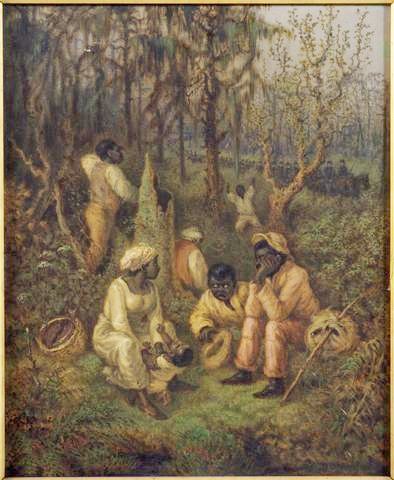
United States
The stories of Maroons in the United States are truly one of slavery’s best-kept secrets. One reason is that these Maroon communities were often very small, and the larger ones did not last for generations or win concessions from the American government like Maroons of other locations. Another suspected reason is suppression of evidence so others would not be encouraged to “secede” from American society.
One of the largest and most enduring Maroon outposts was the Great Dismal Swamp, which lies on the border between Virginia and North Carolina. Once covering some 2000 acres, the swamp was a hideout for up to 20,000 runaways around the 1700s towards the end of the American Civil War in 1865. Some of these runaways were passing through on the Underground Railroad; many made the Swamp their home, making their way to islands deep in the interior where they built cabins and planted gardens. Today, the swamp is a national wildlife refuge with a pavilion that educates visitors about this history.
In the book Slavery’s Exiles, Sylviane Diouf identifies numerous other maroon communities in North and South Carolina, Alabama, Georgia, Mississippi and Louisiana. Then there are the Maroons of Florida. Much of the Marronage there occurred when Florida was controlled by Spain. For a period of time, Spain actually encouraged Africans to run away to Florida where they could gain freedom. Others found their way to the Seminoles, a confederation of different Indian nations which did fight wars to maintain their independence.









